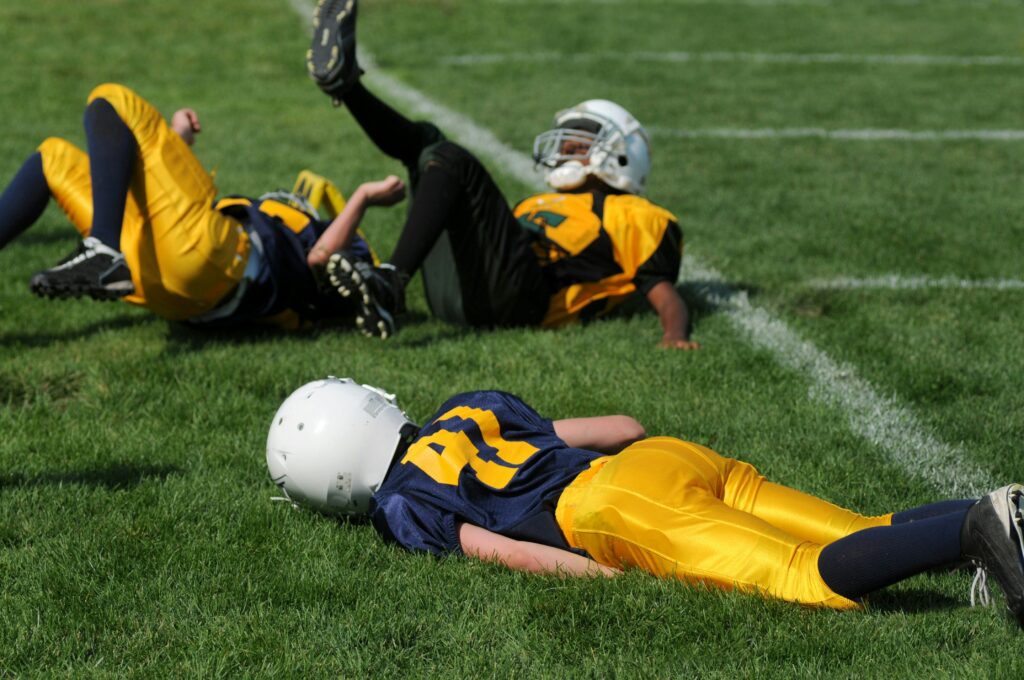Head injuries are an epidemic of sorts, representing some of the most serious injuries a human being can suffer – and resulting in nearly a million A&E attendances each year. Sporting injuries are amongst the most common of these – but how have they evolved, and what problems face sports players today?

Anatomy of a Head Injury
Head injuries take a variety of forms, each of which can mean different things for the injured party. The most serious head injuries impact the brain, directly or indirectly; acquired brain injuries describe any brain injury that onsets after birth – that is, something which takes place, as opposed to a pre-existing condition.
Acquired brain injuries can include non-direct forms of injury such as hypoxia (loss of oxygen) or illness-related cranial swelling; the most visible forms of brain injury, though, are traumatic brain injuries: acquired injuries brought on by physical trauma to the body or head.
Head Injury and Sport
Traumatic brain injuries, or TBIs, are the predominant head injury associated with sports, whether contact sports or non-contact sports. Contact sports like rugby and hockey have a higher risk associated with them, one made especially stark with recent medical investigations into the phenomena of chronic traumatic encephalopathy (CTE), where repeated blows to the head result in chronic swelling and the eventual degeneration of the brain itself.
CTE and its dangers are being recognised further and wider, too, with recent studies finding that sporting techniques once thought innocuous – such as the football ‘header’ – are in fact dangerous to players.
What is Being Done?
With specific regard to football, this revelation has sent shockwaves through the sport. Many injured ex-professional players have taken their personal experiences of head trauma to the courts, holding the FA responsible for failing to protect players when initial research pointed to the dangers. These developments have served to embolden other football players locally and regionally, who now feel more empowered to reach out to brain injury solicitors for advice on moving ahead.
While civil cases mount against sports regulators and official bodies regarding their complicity in player injury, wider movements are in progress to hold institutions publicly accountable. These movements have successfully seen regulations change, particularly with regard to youth sport; there is now a ban on heading for under-12 footballers within the FA, in order to prevent developmental issues associated with football injuries.
Avoiding Head Injuries in Sport
Regulatory changes aren’t enough to reduce the wider risk of head injuries in sports, though, whether football or otherwise. Personal vigilance for one’s health, and the health of fellow participants, is key for the continued safety of sporting endeavour. When participating in sporting events or activities of any kind, you should be mindful of the risks involved – and of whether the safety precautions already in place are enough.